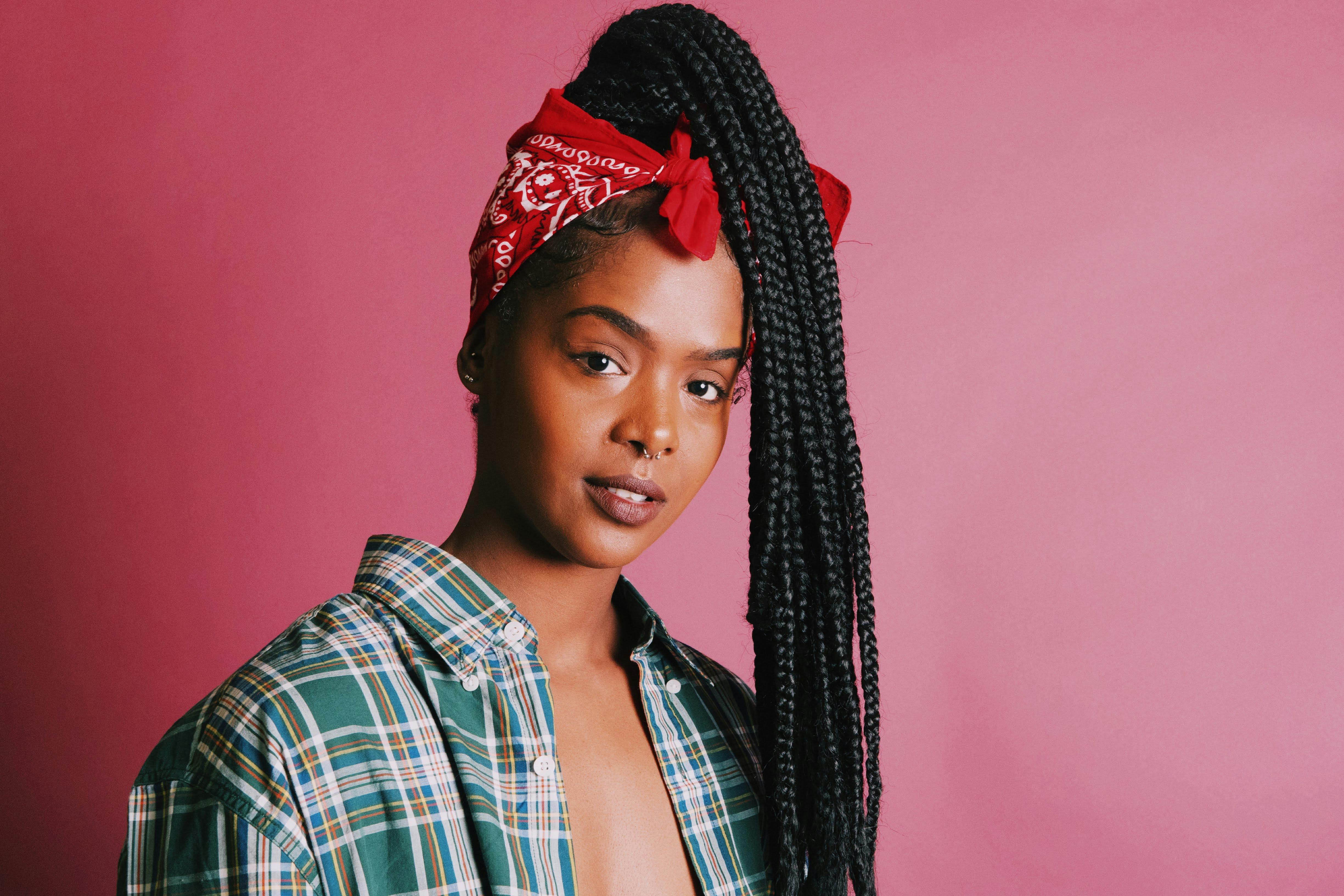
Body modification: body piercing
Website design By BotEap.comBody piercing has become a major trend in Western culture. Ear piercing was put into practice in the early 1980s when modern piercing techniques were invented and made hygienic. Western culture does not have a known history or tradition of body piercing, but many see it as a teenage rebellion and teenagers as a significant and ritualistic body modification with cult following, contributing to a sense of belonging. The body art scene started on the West Coast and many children and adults around the world can now be seen with nose rings, eyebrow and lip piercings and ear flaps stretched out. Another facet of body piercing called play piercing is done solely for the sensation of being pierced, the holes made in the body are not permanent and are made solely for decoration and aesthetics.
Website design By BotEap.comThe piercing has its origin 4,000 years ago in the Middle East and mentions of ‘Shanf’ (nose ring) are recorded on the body. Traditionally, this practice is seen in the nomadic African Beja and Berber tribes and among the Bedouins of the Middle East, denoting a woman’s wealth and status at the time of marriage. In 16th century India, nose piercing became fashionable as a trend from the Middle East and Mughal emperors. A woman’s nose is most commonly pierced in the left nostril in association with Ayurvedic medicinal principles related to a woman’s reproductive organs, allowing for easier childbirth and relieving menstrual pain. Western nose piercing came from hippies who traveled to India during the 1960s fascination with Indian culture and saw increased popularity in the late 1970s, the Punk movement as a countercultural and anti-cultural statement. conservative.
Website design By BotEap.comAncient Aztecs, Mayans, and native tribes of the northwestern United States used tongue piercings to offer blood and appease the gods, often producing an altered state in the pierced priest or shaman to communicate more effectively with the gods. Pierced ears and earlobes are the earliest recorded examples of body piercings. The pierced ears on the body of a mummified man found on an Austrian glacier in 1991 were found to be more than 5,000 years old. Ear piercing has a protective symbology in primitive cultures to warn evil spirits not to enter the body through the ears. Ear piercings were not limited to women’s adornment, “As the Roman Republic grew more effeminate with wealth and luxury, earrings were more popular with men than with women, no less than a man. that Julius Caesar restored the reputation and fashion to the use of rings in men’s ears. ” “Jewelry and Women; Romance, Magic, and the Art of Female Adornment” Marianne Ostier, Horizon Press, New York, 1958
Website design By BotEap.comThe Dogon tribe of Mali and the Nuba of Ethiopia pierce their lips for religious implications. In the native tribes of Central Africa and South America, the lip piercing or Labret is done with wood or clay plates, stretching the upper and lower lips in large proportions. The ancient Aztecs and Mayans used labret piercings to signify weather and upper caste with gold serpentine discs often decorated with sparkling stones, jade, or obsidion. Walrus ivy, bone, wood, or abalone shell were used for labrets in Native Americans in the Pacific Northwest, as well as in the Inuit of northern Canada and Alaska. Some of the most extreme examples of ritual lip piercing and stretching can be seen in Djinja women in the Chari River area of the Central African Republic and Chad. Tribe members stretch the lips of their prospective wives as part of a marriage ritual whereby the young woman’s lip is stretched up to 24 cm in adulthood.
Website design By BotEap.comThe warrior cultures of the Iranian Jaya, Nueva Gunea and the Solomon Islands pierce the septum with pig tusks, feathers, wood and bones.
Website design By BotEap.comThe Asmat tribe of the Jaya pierces the septum up to 25mm using bones from the leg of a pig or tibia from a slain enemy for ornament and prestige. Aztecs, Mayas and Incas pierced the septum with gold and jade and this custom can be seen in the Panamanian tribe of Cuna Indians wearing thick gold rings. The native tribes of India and Nepal also practice septum drilling. Nose and septum piercings in the North Indian nomadic tribes of Himichal Pradesh and Rajasthan called ‘bulak’ are the largest known nose rings. Bulak are sometimes decorated with stones and are large enough to cover most of the mouth and cheeks and must be raised while eating. The pendants are added to the piercing of the septum in Tibet.
Website design By BotEap.comIn more civilized and traditionally sophisticated cultures, the nipple piercing was created to accentuate the breasts. In the mid-14th century, Queen Elizabeth of Bavaria wore dresses with a neckline that extended to the navel, exposing the breasts. This style of dress led to adorning the nipples with diamond rings and piercing both nipples, extending a chain through both. This style of piercing appeared again in the 1890s in Paris, where ‘breast rings’ were sold and became fashionable in upper-class social circles.